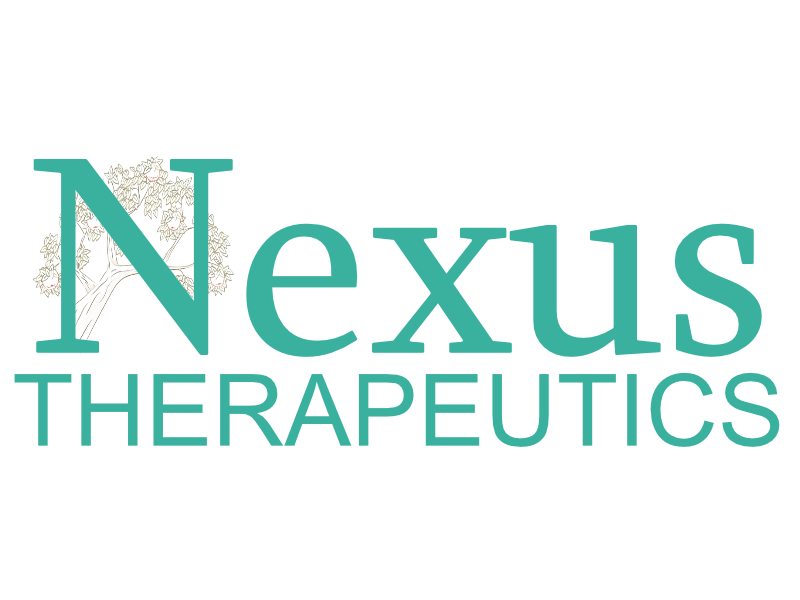Registered Massage Therapy
We offer a range of massage therapy techniques
Our Registered Massage Therapists have extensive training and take ongoing courses to effectively assess and treat musculoskeletal problems. This includes, but isn’t limited to: sports and overuse injuries, chronic pain, headaches, abdominal pain, digestive problems and many other soft tissue dysfunctions. At Nexus Therapeutics, we are trained to create treatment and care programs that help you feel your best.
CranioSacral Therapy (CST) is a gentle, hands-on approach that releases tensions deep in the body. Using a soft touch (generally no greater than 5 grams) restrictions in the soft tissues that surround the central nervous system can be released. CST is often a technique that is very effective for chronic pain that will not resolve. The brain and spinal cord have a strong influence over the body’s ability to function properly. The central nervous system is heavily influenced by the craniosacral system – the membranes and fluid that surround, protect and nourish the brain and spinal cord.
Every day your body endures stresses and strains that cause tissues to tighten and place tensions on the brain and spinal cord, resulting in dysfunctions that can manifest anywhere in the body. This can create a barrier to performance of the central nervous system and potentially every other system it interacts with. Over time, the muscle and joint pain that becomes a daily occurence will be harder to correct as more tissues are affected. By normalizing the environment around the brain and spinal cord, CranioSacral Therapy is able to alleviate a wide variety of problems, from chronic pain and sports injuries to stroke and neurological impairment.
Outside of just feeling great, deep tissue work can break up adhesions and restore normal movement by applying sustained pressure to areas of tension. Pressure is adjusted according to pain levels, in order to work with and not against the muscular system. These types of massage work can be beneficial for chronic pain, muscle tightness from overuse, relieving headaches and improving posture.
Joint mobilization is the passive movement of a joint, used to loosen the joint capsule (Saran Wrap-like tissue which holds in fluids and helps lubricate the joint surface) and connective tissue surrounding a restricted and painful joint. Because mobilizing a joint releases so many layers, it can create broad scale decreases of pain and increases in range of motion. It is often very gentle, and works well in conjunction with techniques like CranioSacral Therapy and Muscle Energy Therapy, which target neurological structures more specifically.
Because Muscle Energy Therapy effectively reduces muscle spasms that perpetuate the pain cycle, it couples well with physiotherapy and chiropractic care. With joint immobility, often the muscles that pull joints out of neutral will be tight and irritated. This technique gently and painlessly persuades the affected muscles and their nerves to release and allow proper joint mechanics to return.
Muscle Energy Therapy creates relaxation of an area with active muscle engagement of an isolated joint, in a specific direction, and is designed to use the body to pull its affected structures into neutral positioning. It is used to treat decreased range of motion (usually in the spine and pelvis), muscular tension and pain.
When tensions accumulate, the nerve to an affected structure can be tethered. That nerve is connected to the entire nervous system via shared connective tissue coverings that surround each nerve. Neural Manipulation assesses and treats irritated nerves to decrease restrictions and restore function to anything that nerve feeds. It is a gentle and precise technique that identifies and releases restrictions around a nerve, thereby improving nerve mobility and alleviating pain from nerve-related issues. It is effective in decreasing pain and lack of sensation from sciatica, numbness in hands and feet, headaches, chronic spine pain and more.
Ortho-Bionomy (Fascial Release) is a gentle technique that activates self-correction of nerve reflexes, allowing the body to return to its original patterns of health.
This modality helps with a variety of acute injuries such as whiplash, sports injuries and surgery; chronic conditions like headaches, back pain and stress; problems associated with postural and structural imbalances and emotional issues.
Working within patients’ comfort zones is one of the principles of Ortho-Bionomy, since creating resistance and tension stops connective tissue from releasing. Often, the releases of tensions are almost instant.
Positional Release Therapy (PRT), also known as Strain/Counterstrain, resolves pain and dysfunction through positioning the body in positions of comfort. The neurological system can be manipulated to interrupt the pain spasm cycle. Over a brief amount of time, PRT can reset the resting length of tissue to a “normal” range, which promotes increase in strength, performance and function and a decrease of pain and tension.
Essentially, PRT is the opposite of stretching. Much like unkinking a knot from a chain necklace, PRT works in the same fashion; tissues are pushed together, twisted, compressed and encouraged to take tension off “neurological chain links.” The therapy is pain-free and like most of the techniques listed here, is suited for all ages and most painful conditions.
Tensions in the connective tissue around viscera can result from surgical scars, illness, posture, injury and even age. Restrictions form deep within the body, creating a cascade of effects and compensations, often far from their source. This creates points of tension that the body must move around, and this irritation creates functional and structural problems.
Imagine an adhesion around the liver. It would create an axis that demands abnormal accommodations from nearby body structures. For example, the adhesion could alter rib motion, which could then create imbalanced forces on the vertebral column and, with time, develop a dysfunctional relationship with other structures. This scenario highlights just one of hundreds of possible results of a small dysfunction, magnified by thousands of repetitions each day.



